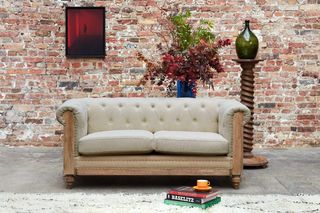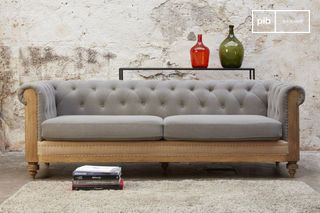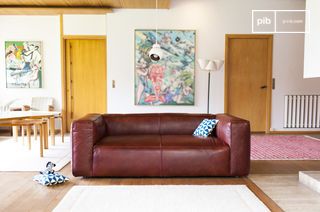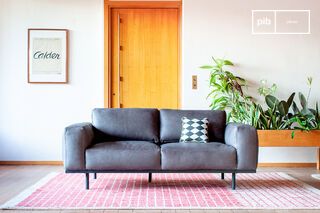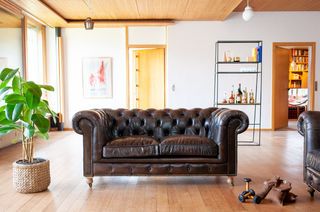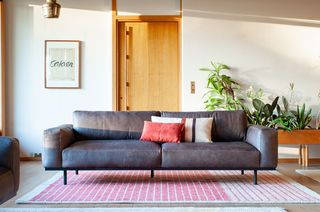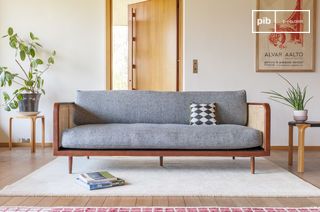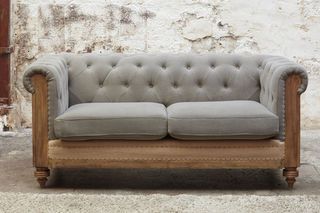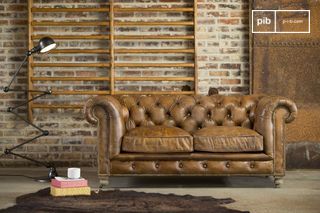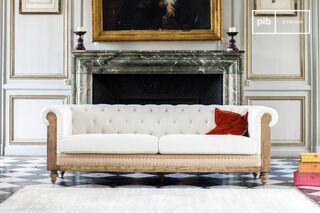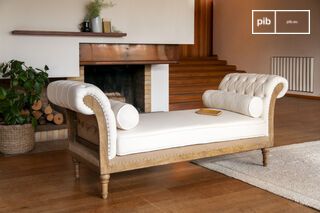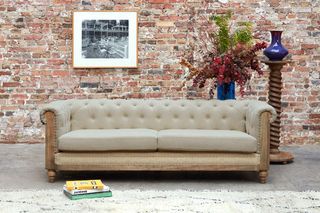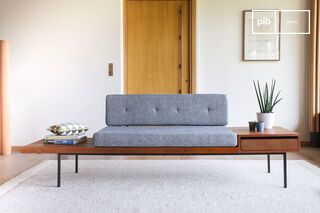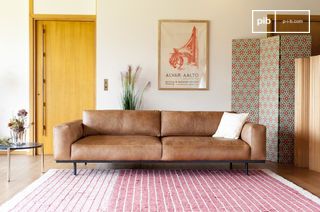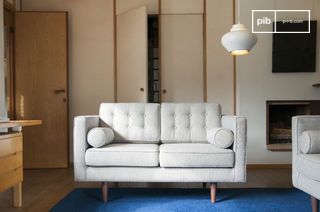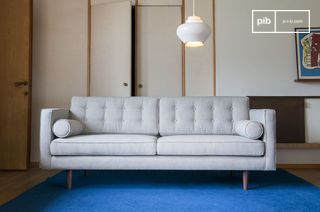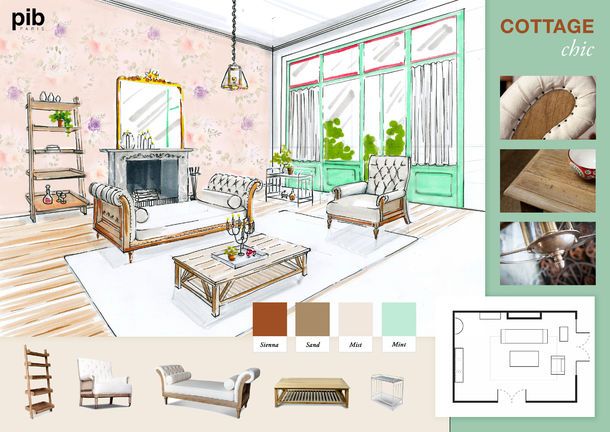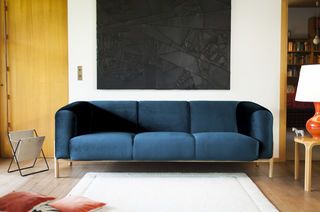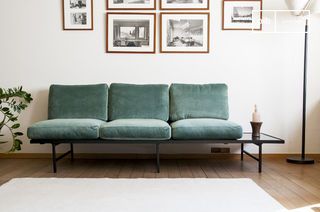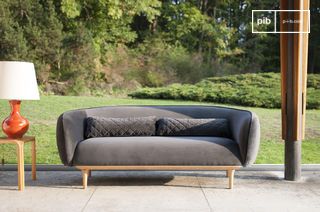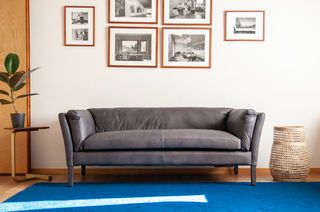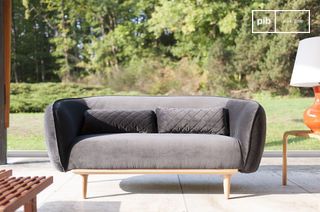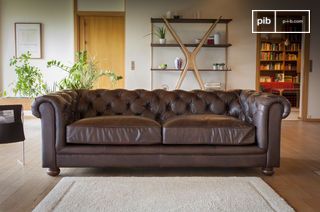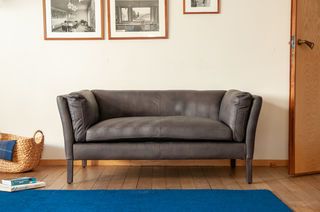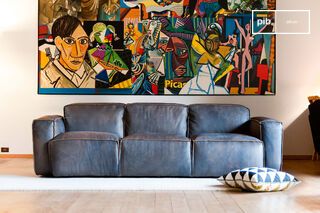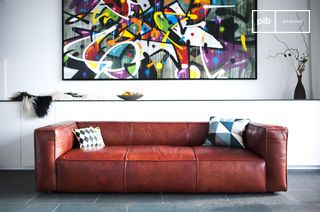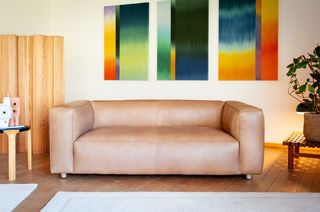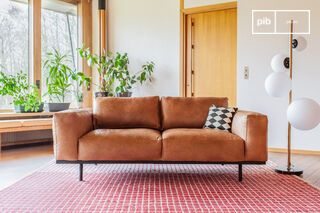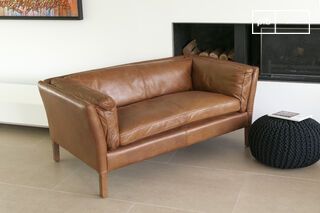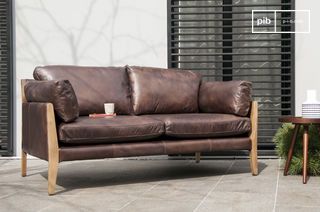Living room sofas
Lounge sofas structure reception areas and define relaxation zones. They can be placed along the main axis of the room, or at an angle to articulate circulation. This category includes a variety of formats, from two to five seats, or modular formats adapted to common domestic configurations. Each lounge sofa combines seat, backrest and armrests in an easy-to-understand volume. The choice of materials, proportions and layout determines the overall perception of the living room. read more >
Filters

Implantation and spatial role of the lounge sofa
The lounge sofa occupies a central position in the organization of the room. It can be leaning against a wall, placed as an island or combined in an L or U shape to structure several zones. The sofa's function goes far beyond that of a seating area: it directs the eye, organizes flow and serves as a visual landmark in a space that is often open-plan. In apartments and houses alike, its positioning depends on available surface area, natural light and access. A sofa positioned in the axis of a window or focal point (fireplace, low cabinet, picture) reinforces the legibility of the overall plan.
Choosing a living-room sofa according to use
A living-room sofa is first chosen according to frequency of use. A primary model must allow daily use, with a seating depth adapted to the users' morphology and sufficient padding. A secondary sofa, placed in a reading corner or adjoining office, may prefer a more compact format. Convertible or modular models meet specific needs: extra sleeping space, flexible configurations, occasional separation of spaces. The choice of narrow or solid armrests, high or low backrests, influences comfort and visual clutter.
Materials, shades and visual coherence
Coverings define the sofa's identity. Fabric offers a wide variety of textures and tones, from cotton to linen to technical blends. Leather, natural or treated, provides a continuous reading of the surface. Neutral colors blend into a stable arrangement, while stronger hues establish the sofa as a strong piece. Visible legs (wood, metal, sled or compass) visually lighten the volume. Low-slung models accentuate horizontality, while taller formats are ideal for rooms with high ceilings.
The living-room sofa remains a structuring element, both functional and legible. Its successful integration relies on a fine understanding of spatial constraints, daily uses and visual balances.
The living room sofa remains a structuring element, both functional and legible
